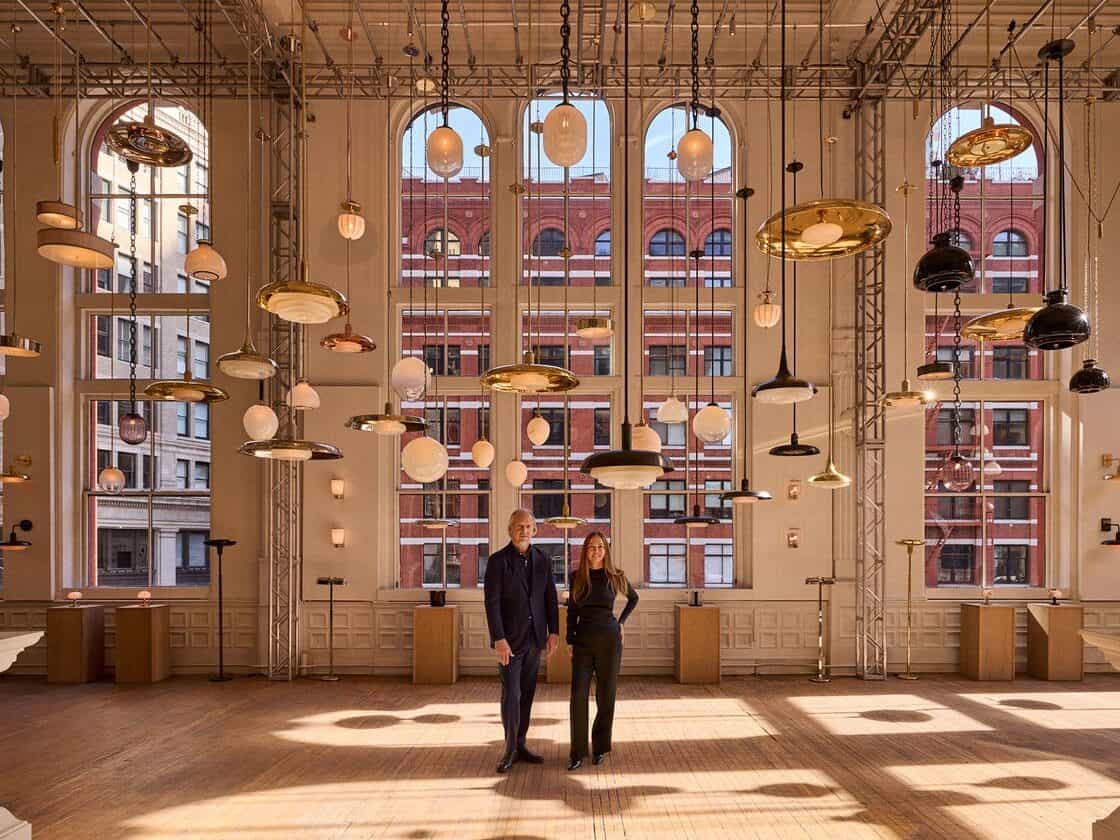The “rich ranch” aesthetic, also known as “cowboycore” or “coastal cowgirl,” is taking the design world by storm. This style combines rustic farmhouse elements with contemporary furnishings, creating a unique and approachable look. Popularized by TV shows set in ranching environments, the trend is appearing in homes far beyond traditional cowboy territory. But what draws people to this style, and how can you incorporate it into your own home? Let’s explore the origins and nuances of this intriguing decor trend.

PROJECT OVERVIEW
Architect: Ken Fulk
Designer: Augusta Hoffman
Location: Sonoma, California
Style Influence: Mexican Vaquero and Argentine Gaucho
Material Focus: Limestone, Terra-cotta, Wrought Iron, Reclaimed Wood
Interestingly, rich ranch decor has international roots, drawing influences from various cultures. Though reminiscent of a Swiss chalet’s après-ski vibe, it also integrates the Mexican vaquero traditions and Argentina’s gaucho culture. With nods to the rustic charm of Provence and the pastoral romance of Tuscany, this style showcases its global versatility. Its appeal lies in an emphasis on organic materials, providing a luxurious yet casual ambiance. Elements like limestone, terra-cotta, wrought iron, and reclaimed wood are often featured, and personal touches such as a welcoming tequila bar add authenticity.

To master the rich ranch look, layering and restraint are key. The approach focuses on refining and sophisticating expected elements, avoiding an overload of traditional motifs like plaid, cowhide, and antlers. The result is an elevated and polished environment. Attention to detail is crucial: think hand-stitched leather pillows, vintage Navajo textiles, and burnished bronze fixtures. Whether you’re going for a dark, industrial city-ranch vibe or a laid-back California feel, the style’s versatility allows for unique, tailored interpretations, always rooted in genuine craftsmanship.

While it’s a beloved style, rich ranch decor isn’t without controversy. It sometimes incorporates elements from hunting culture, which can be contentious. However, modern interpretations advocate for ethical choices, such as using luxurious faux furs instead of real ones. Trophy mounts can be adapted, with faux antler options available for a decorative touch. Mixing these with elements like Belgian bouclé throws can merge classic ranch eloquence with contemporary elegance.

For those seeking to incorporate rich ranch aesthetics without crossing into cliché territory, thematic balance is essential. Embracing natural materials like wood and stone and allowing them to age gracefully can evoke a rugged sophistication. Playing with contrasts—such as combining plaster walls with wood floors—adds depth and interest. Textured fabrics and bold patterns like plaids or large checks can enhance warmth and character, ensuring the home remains personable and inviting.
Ultimately, rich ranch decor offers adaptability regardless of geographical location, inviting anyone to explore its unique, rustic allure. With its focus on natural elements, craftsmanship, and thoughtful layering, this style creates spaces that are both grounded in tradition and elevated by modern touches. The resulting atmosphere is one of comfort and sophistication, inviting residents and guests to enjoy a welcoming, stylish retreat.




